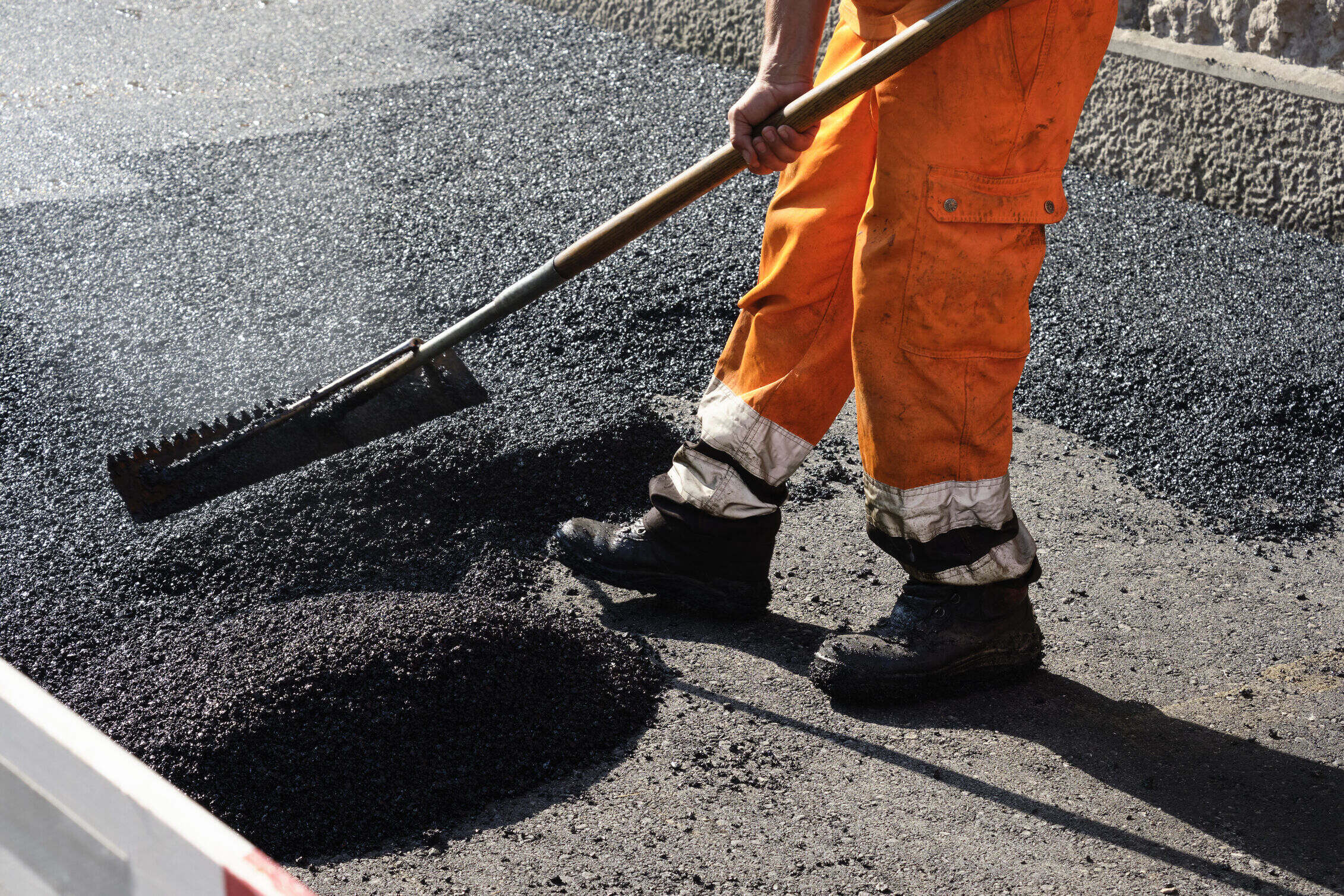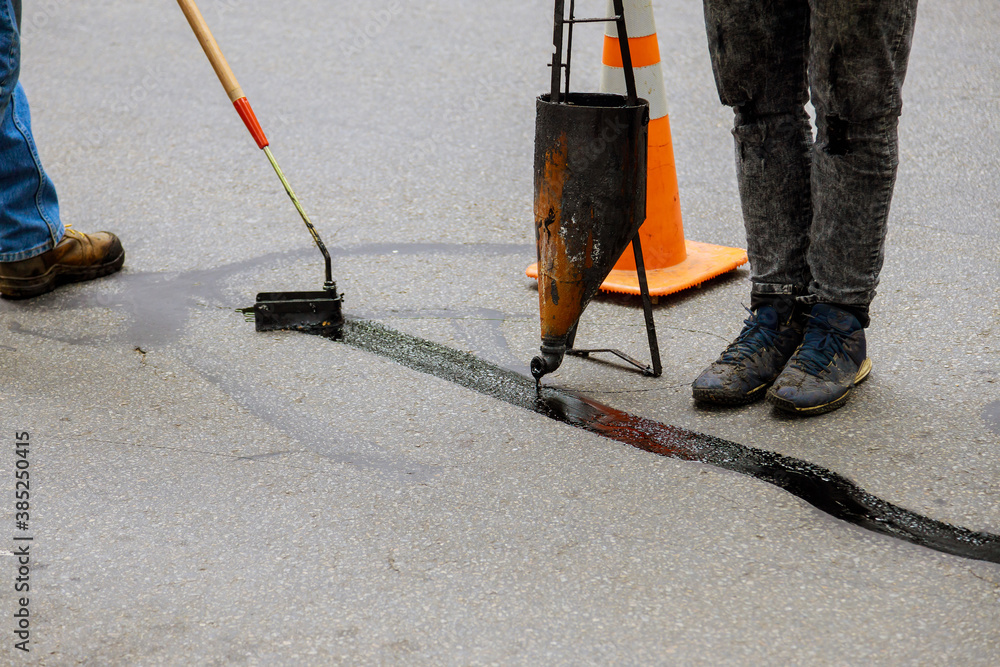Asphalt’s Upfront Advantage
Life-cycle cost analyses by the Federal Highway Administration (FHWA) frequently highlight asphalt’s lower initial pricing—often 30–40% less than comparable concrete installations. The reduced cost typically reflects a faster construction timeline and more accessible materials. For projects operating under tight deadlines, such as rapid development of parking areas for grand openings, this short-term benefit can be compelling.
However, focusing solely on asphalt vs. concrete price at the outset can be misleading. Over time, the need for periodic resealing, overlays, and repairs drives up asphalt’s total cost. When project owners weigh the long-range budget implications, they often find that these ongoing expenses—paired with potential disruptions—can erode the initial savings.
Concrete’s Enduring Payoff
While concrete may command a higher upfront investment, it commonly delivers 20–25% lower life-cycle costs once key factors—such as routine maintenance, repair intervals, and operational downtime—are considered. Concrete’s rigidity offers enhanced resistance to rutting, potholing, and deformation under heavy loads, making it particularly appealing for industrial complexes or high-volume truck routes.
A well-constructed concrete slab typically sees minimal major interventions for decades, aside from occasional joint sealing and surface cleaning. For facilities seeking to minimize disruptions, these fewer maintenance touchpoints translate into meaningful savings—both financially and in terms of continuity of operations.
Key Pricing Variables
Beyond the headline asphalt vs. concrete cost, each commercial project features unique elements that influence final pricing:
-
- Job Size Scaling up often allows bulk purchasing of materials and more efficient use of labor, lowering the per-unit cost.
-
- Location Proximity to aggregates, local labor rates, and logistics challenges—such as remote sites—can shift cost calculations substantially.
-
- Weather & Climate Areas prone to freeze-thaw cycles, large temperature swings, or heavy rainfall may see increased wear on asphalt, driving up long-term maintenance.
-
- Traffic Load High concentrations of heavy trucks or machinery can cause faster deterioration of flexible pavements like asphalt, whereas concrete retains its load capacity.
-
- Subgrade & GAB Effective preparation of the graded aggregate base (GAB) can bolster the pavement’s longevity. Asphalt often depends more on thick GAB layers, whereas concrete can occasionally reduce this requirement if ground conditions are stable.
A clear understanding of these variables ensures more accurate cost projections and the selection of a paving approach that aligns with both immediate requirements and long-term resiliency.




